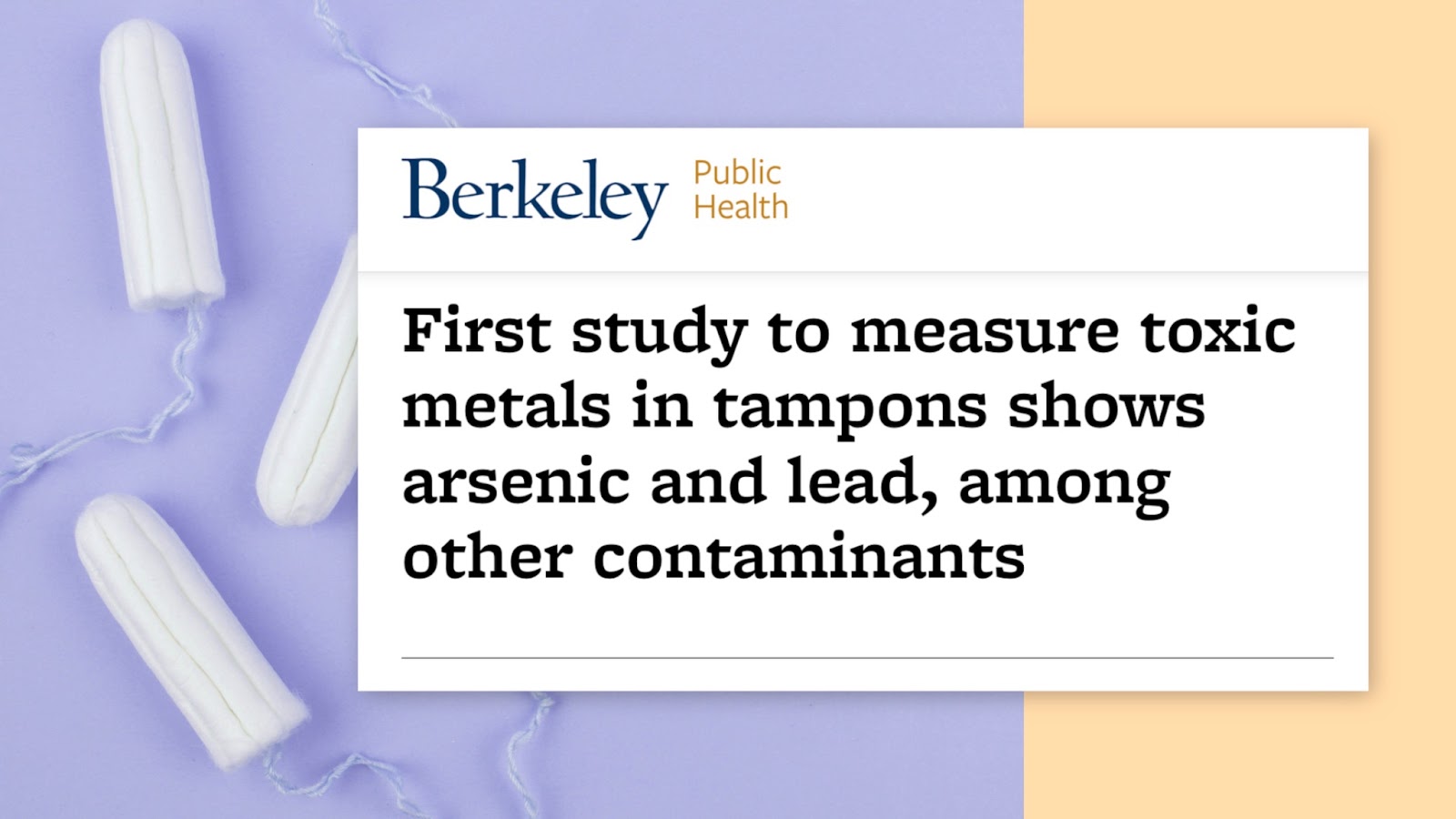Hi, I’m Dr. Rich, and I’m passionate about providing every woman with practical knowledge about the world of women’s health. Today, we’re going to talk about fibroids. What are they, where do they come from, and how do we find the right treatment option?
Don’t have time to read this blog post? Watch it here instead!
What are fibroids? So, fibroids are basically smooth muscle tumors in the muscular wall of the uterus. How did they get there? There is a local proliferation or a monoclonal growth of one cell, just like you would have a mole or a colon polyp or any other abnormal collection of tissue. This is just a tumor that happens to grow in the wall of the uterus.
Dr. Rich:
We use words like tumor or neoplasm or growth. We want to be a little bit careful because we have to understand that virtually all fibroids are benign, non-cancerous growths. Therefore, we have a number of different treatment options that can effectively remove or shrink the tumor size or the burden and restore a woman’s quality of life. So, how would you even know that you had a fibroid? Well, statistically, it’s very likely that you might. Up to 50% of women in their lifetime will have a fibroid. Most of them though are small, aren’t symptomatic, and don’t require treatment. How would you know if you have one that is symptomatic?
Dr. Rich:
So, patients don’t come to my office typically and say, “Oh, I have a nine-centimeter intramural fibroid, can you manage this please?” A woman might know that she has a fibroid or may suspect based on the symptoms. The symptoms could be anywhere from heavy bleeding, to pain, to constipation, to frequent urination, to sexual pains, to bulk or pressure sensation in the pelvis. Any of these might suggest that there’s a problem going on and would prompt you to go see your provider, have them do an exam. If they find something suspicious, a diagnostic test such as an ultrasound. So, what causes fibroids?
Dr. Rich:
Nobody knows. There are certain risk factors. So, certain ethnicities are more likely, African-American are more likely to have larger and symptomatic fibroids. Patients who have a family history are more likely to have fibroids. In general, it’s pretty likely that you’re going to have fibroids. What we do know is that they are influenced by the effect of hormones from estrogen and specifically progesterone receptors in the wall of the fibroid, and those stimulate growth during a woman’s reproductive years. In menopause, when hormones levels fall, the fibroids actually start to regress.
Dr. Rich:
So, we don’t know why you get them, but we know there are risk factors, and we know that there is an effect and an influence of a woman’s own hormones or those hormone levels can be modulated with medical treatment therapies in an attempt to shrink fibroids. So, how can women just avoid having fibroids? So, to date, there’s no good data that shows that any conservative therapies, any diets, any exercise, supplements, acupuncture, any of these therapies had any influence on reducing your risk or shrinking the size of a fibroid. But there are pharmacologic or medical treatment options that there is some success.
Dr. Rich:
So, what are the treatment options? Well, as we talked about, the fibroid grows under the influence of hormones. So, if we modulate a woman’s hormone levels, or change them, we can actually affect the growth trajectory of the fibroid. The most effective way to do this is not always considered to be a welcome medical therapy, but lupron or a GnRH analogue is a medicine that temporarily will put a woman into a medical menopause. So, essentially, what it does is it tells the patient at the level of the hypothalamus to stop producing hormones, female hormones, estrogen and progesterone, just as she would naturally when she went through menopause.
Dr. Rich:
But with the injection, with the medicine, you can create that effect at any age, and it can give a temporary relief from the symptoms, from bleeding, from pressure, from pain, sexual pain, bowel, bladder symptoms. It can effectively shrink the fibroid as much as 30%, 40%. Now, the drawback to the therapy is like menopause there are side effects. So, there’s hot flashes, night sweats, vaginal dryness, hair loss, mood changes. Now, most of these side effects, they sound terrible, but most of these side effects can actually be reversed with what’s called add back therapy with the progesterone or a hormone replacement option.
Dr. Rich:
So, you can receive the benefit of the therapy, the shrinkage of the fibroid, and you can mitigate the effects, the side effects of the medicine by putting and using this add-back therapy. Not to say that a healthy lifestyle isn’t the right choice. Clearly, it is, you should exercise five times a week for 30 minutes. A healthy diet using healthy choices, avoiding processed foods, six servings of fruits and vegetables a day, avoid smoking, avoid alcohol in excess. These are all great options that will overall improve your health quality as a whole. So, that should not be dismissed out of hand.
Dr. Rich:
So, lupron, that sounds terrible. What other medical treatment options are there? Well, many providers will start their patient on a oral contraceptive pill or a birth control. Not actually because the birth control stops the fibroid or shrinks the fibroid, or does anything like that. All the birth control pill does, when you’re having fibroid bleeding, heavy bleeding, you have the bleeding from the fibroid and you have the normal menstrual period. Each of those contributes to a percentage of the total amount of bleeding. So, birth control can subtract out the period bleeding, and now you only have the fibroid bleeding. So, that can be one effective treatment at reducing the overall amount of bleeding from a fibroid.
Dr. Rich:
You can use a number of other pain medicines if pain is the predominant symptom, such as motrin or ibuprofen or some other type of NSAID, Tylenol, and a host of other medications. But if we want to effectively reduce permanently the size of the fibroid or even remove it, then we’re basically looking at our surgical options. So, what are the surgical options? Fortunately, there are quite a number of options that we can employ to reduce the bulk symptoms of the fibroids, the bleeding, and the pain and preserve fertility.
Dr. Rich:
So, certainly the only treatment that exists to permanently irrevocably remove fibroids and never have a symptom again, would be a hysterectomy. We can do that robotically through little incisions on an outpatient type of surgery. However, many women are seeking fertility preserving treatment options, and we have a number of them. Staying on the robotic treatment side, we have something called a myomectomy. Okay. So, that would mean removing the fibroid from the uterus. We would do this through little incisions on the abdominal wall with our little robotic instruments and our camera.
Dr. Rich:
We would actually open up the serosa or the outermost layer of the uterus, and essentially just pluck out the fibroid. We’d surgically remove the fibroid. Then, we would close the edges back over and eventually leave the uterus in its normal shape and size that it was prior to even having the fibroids. Staying along the robotic lines, we would talk about something called a robotic myomectomy. What that would mean is we’re going to remove the fibroids from the uterus and leave the uterus intact. Usually, in that process, actually improve fertility.
Dr. Rich:
The surgery itself involves little tiny robotic arms, which are able to open the serosa or the outermost layer of the uterus and essentially pluck out the fibroids. Then, close those serosal edges together, essentially leaving the uterus how it was before the fibroids. Some operators, some surgeons prefer to do this with a laparoscopic technique, which is good as well, because it also uses small incisions. Some providers would prefer to do it through an open incision. If that is the level of their expertise, and they’re going to give you a good outcome that way, and you trust your provider, that would be a great option.
Dr. Rich:
If, however, you’re seeking an alternative option with a minimally invasive technique, which can give you a much shorter recovery, you may want to look for a provider that offers laparoscopic or robotic myomectomy. I think it bears mentioning that there is one specific type of fibroid called a submucous fibroid. Now, this fibroid actually occurs on the very inner lining of the uterus. It specifically causes heavy bleeding, and it specifically can impair the implantation of a fertilized egg and cause infertility. Now, the approach to this type of fibroid, the submucous fibroid would be different.
Dr. Rich:
This would be approached through a hysteroscopic resection, which essentially is a type of surgery where there’s no incisions, where just like during the normal speculum pap annual exam, the speculum is placed in the vagina and a camera’s placed through the cervix, in the uterus. Then, a device is used to surgically resect the fibroid out of the inner lining, thus returning a woman’s normal bleeding profile, reducing the heavy flow, and also significantly improving fertility. Also, primarily for the bulk symptoms, the pain, there’s another treatment option that is called acessa.
Dr. Rich:
It’s relatively new. Actually, we were one of the first 10 cities to have this technology. I did the first one in El Paso, Texas, and essentially, what it is, it’s a radio frequency ablation of the fibroid. Now, the great thing about this is it’s also minimally invasive, little incisions, no large incision, quick recovery, go home the same day. So, essentially, the way the acessa procedure is performed is a camera goes through the belly button, much like a robotic myomectomy, but instead of robotic arms removing the fibroid, a probe goes into the fibroid, a little needle, essentially.
Dr. Rich:
That needle at its center point is able to deliver additional needles, which provide an array of heat or radiofrequency ablation, which actually disrupts and denatures the tissue rendering the fibroid non-functional. So, in this case, the fibroid itself is not removed, but you can expect a 30% to 60% reduction in the size of the fibroid. So, the acessa is a great option for those patients that are wanting to have a relief of the symptoms. It avoids having individuals surgical incisions on the wall of the uterus, and therefore really allows a faster recovery, even though the robotic myomectomy is already a fast recovery.
Dr. Rich:
Another option that’s offered not by your OBGYN, but by a radiologist, is called embolization. In this process, also very minimally invasive, a catheter is placed like an IV through the femoral artery. Then, that catheter goes back up into the uterine artery and a gel foam type of material is deployed and occludes the artery. So, essentially, it derives the fibroid of a robust blood supply, and essentially results in the fibroid outgrowing its own blood supply, becoming necrotic or, again, nonfunctional and then shrinking.
Dr. Rich:
So, certainly the best option for patients that are looking to improve fertility would be the myomectomy, with or without the hysteroscopic MyoSure resection for submucous fibroids. There’s limited and somewhat conflicting data for fertility with the embolization and limited data with the acessa. Although, if you discuss those options with your physician, you certainly want to have that conversation as well. Wait a minute, you said almost never cancer. Does that mean that fibroids can be cancer? Well, yes they can.
Dr. Rich:
It’s rare, about one in a thousand to one in 2000, and you may have heard the buzz words power morcellator, tissue extraction, or bagging fibroids. So, we’re going to talk about all of these things, the strategies that we use to protect every patient in the unlikely event that their fibroid is a cancer fibroid. So, tune in next time to learn about reducing your cancer risk when it comes to fibroid. Well, that’s all the time we have for now. If you want to stay up-to-date on relevant women’s health topics like fibroids, make sure you subscribe and activate your notifications. Thanks again for tuning in.




